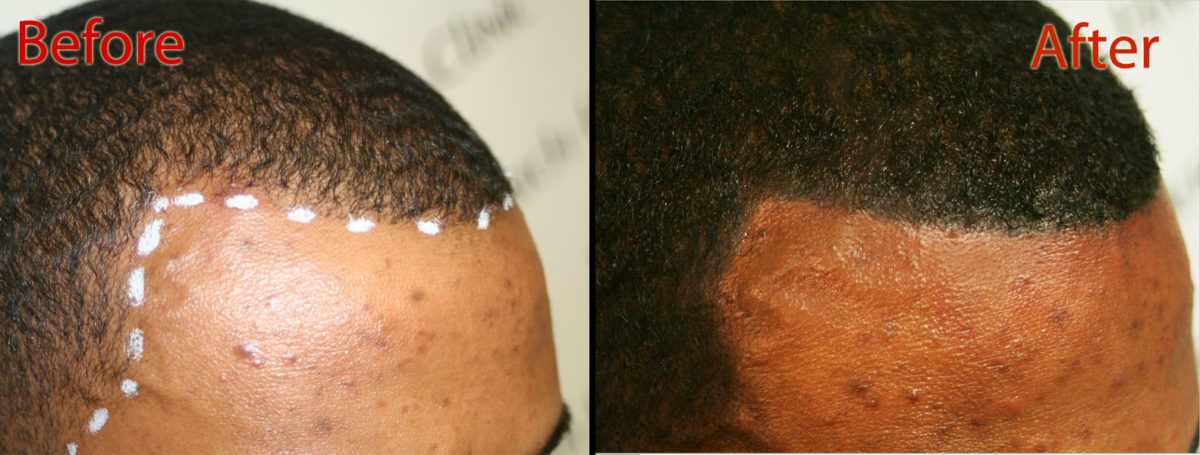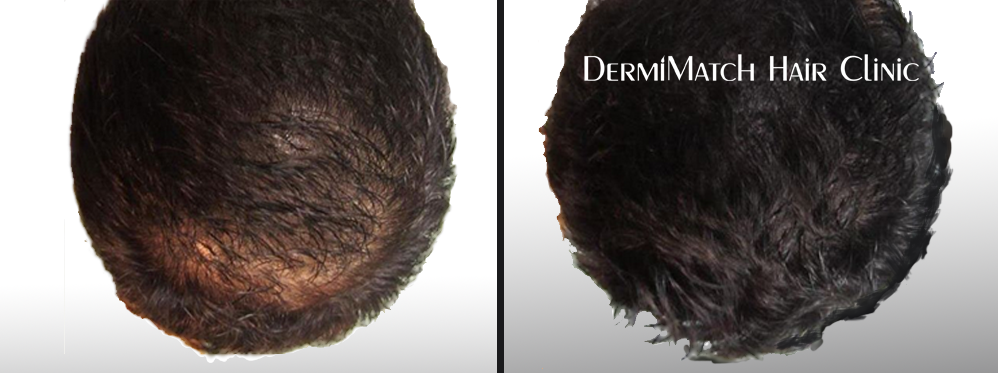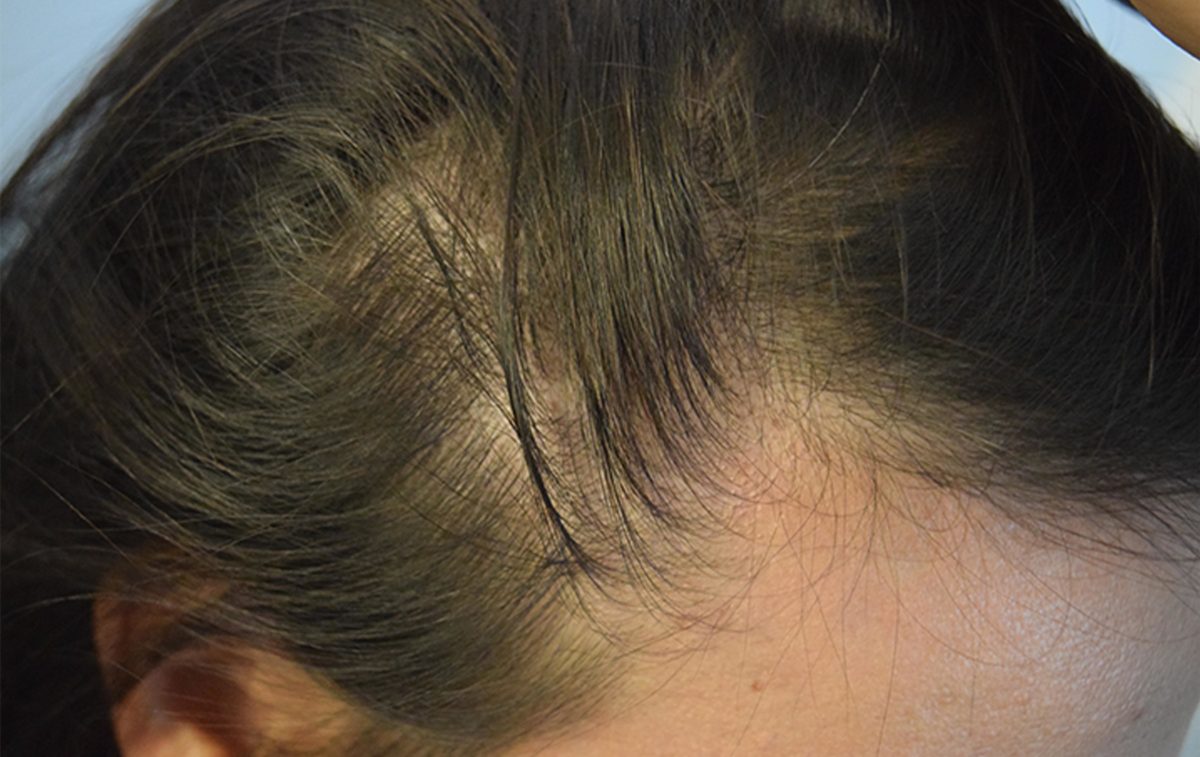Are there any SMP myths? Scalp Micropigmentation uses microneedles to implant pigment into the scalp to cover scalp problems. The treatment is meant to mimic the appearance of natural follicles for people struggling with thinning hair, pattern baldness, or a receding hairline. But there are many SMP myths that need to be busted.
SMP Myth 1: It is meant only for Bald Men
This is wrong. Scalp micropigmentation is meant for anyone who needs help for scalp problems. No doubt, it can help bald men by covering bald patches and adding density. This creates a thicker appearance to the hair. Both men and women can benefit from scalp micropigmentation to thicken hair.
Myth 2: SMP Looks Fake
If the scalp micropigmentation is not performed correctly, the SMP myth may hold true. But with the best scalp artist around, you can only expect best results. Your procedure will appear genuine when done by experts with the right equipment and technique.
Myth 3: SMP is Painful
If someone told you that scalp micropigmentation is a painful procedure, then you might want to bust that myth. Compared to a traditional tattoo or hair transplant, SMP is less painful. It may cause a feeling of little discomfort for those whose skin is sensitive around their hairline. Some clients do not feel anything and even fall asleep.
The pain primarily depends on:
- The area of the scalp being treated
- The individual’s pain tolerance
- Anxiety
SMP Myth 4: The Color Fades Quickly
Some might tell you that scalp micropigmentation does not stay for long. But this is totally wrong as SMP is a permanent procedure. That means with a few touch-ups, the longevity of SMP is around 4 to 6 years. There might be slight fading initially as the ink settles on your scalp. The treatment results primarily depend on:
- The expertise and skills of the scalp artist
2. Following SMP aftercare instructions
3. Avoiding sun/UV exposure
Myth 5: It is a Scalp Tattoo
Scalp micropigmentation is different from a tattoo. In fact, there are significant differences between both, from the skill of the practitioner to the tools used during the procedure. The pigment depth is another important difference. While a tattoo is implanted deeper into the skin, SMP stays on top just below the first layer of the skin. Scalp micropigmentation is implanted in the upper layer of the Dermis, which is crucial to retain the shape of the pigment. If implanted deeper, there is a risk of discoloration, migration, and blurring.
What’s more, SMP uses microneedles whereas a traditional tattoo uses bigger and larger needles. While tattoo ink is usually chemical based, SMP pigments are organic and plant-based.
Where to Go For SMP in Arizona?
Now that we have busted SMP myths, you should be confidently going ahead with the hair restoration procedure. However, the most important point here is to look for the most skilled and experienced hands for the job. DermiMatch has the best Arizona scalp artists who are experts in the field and can help transform your life. Get in touch with scalp experts at DermiMatch today, who can happily answer your questions and dispel your doubts!



